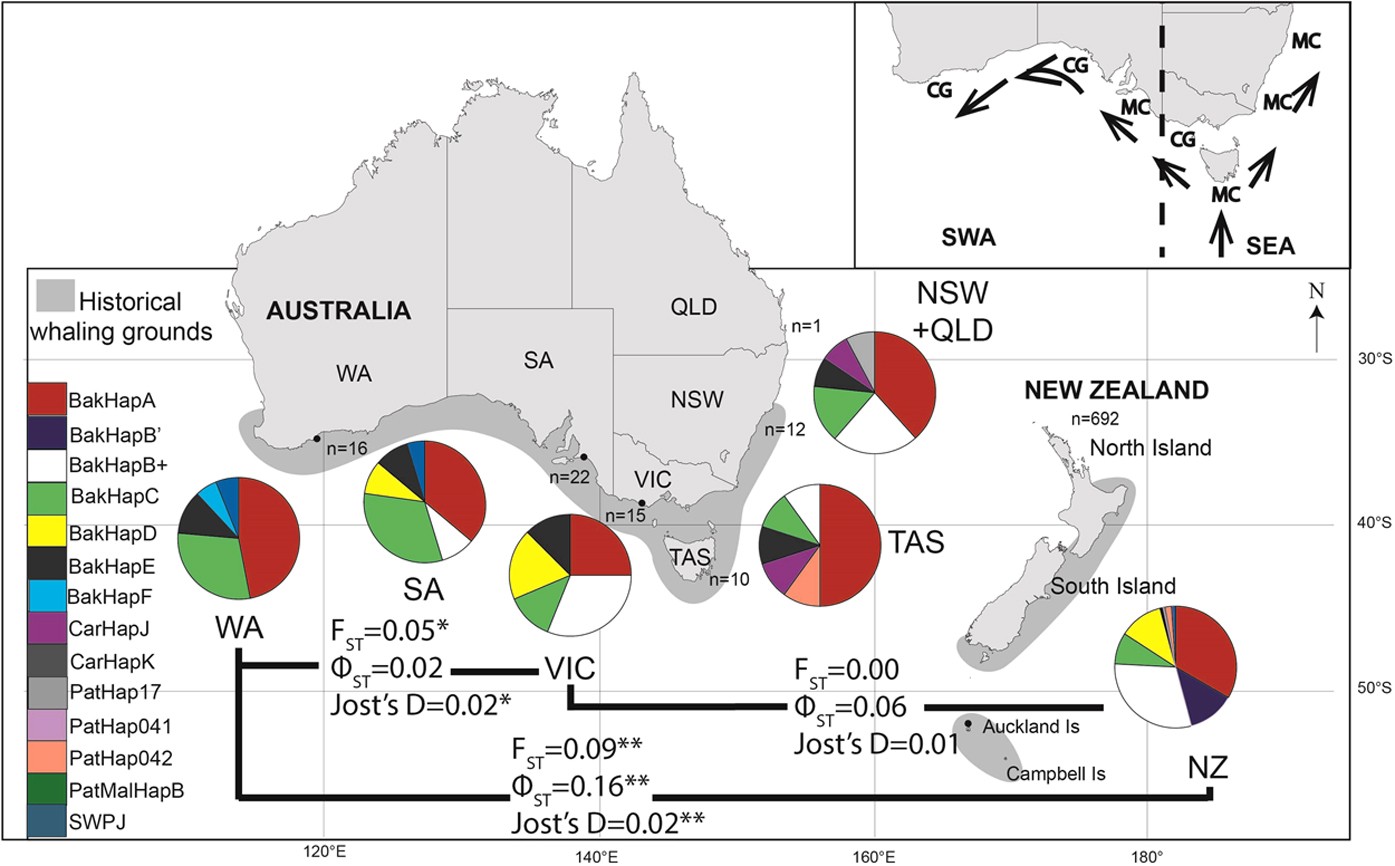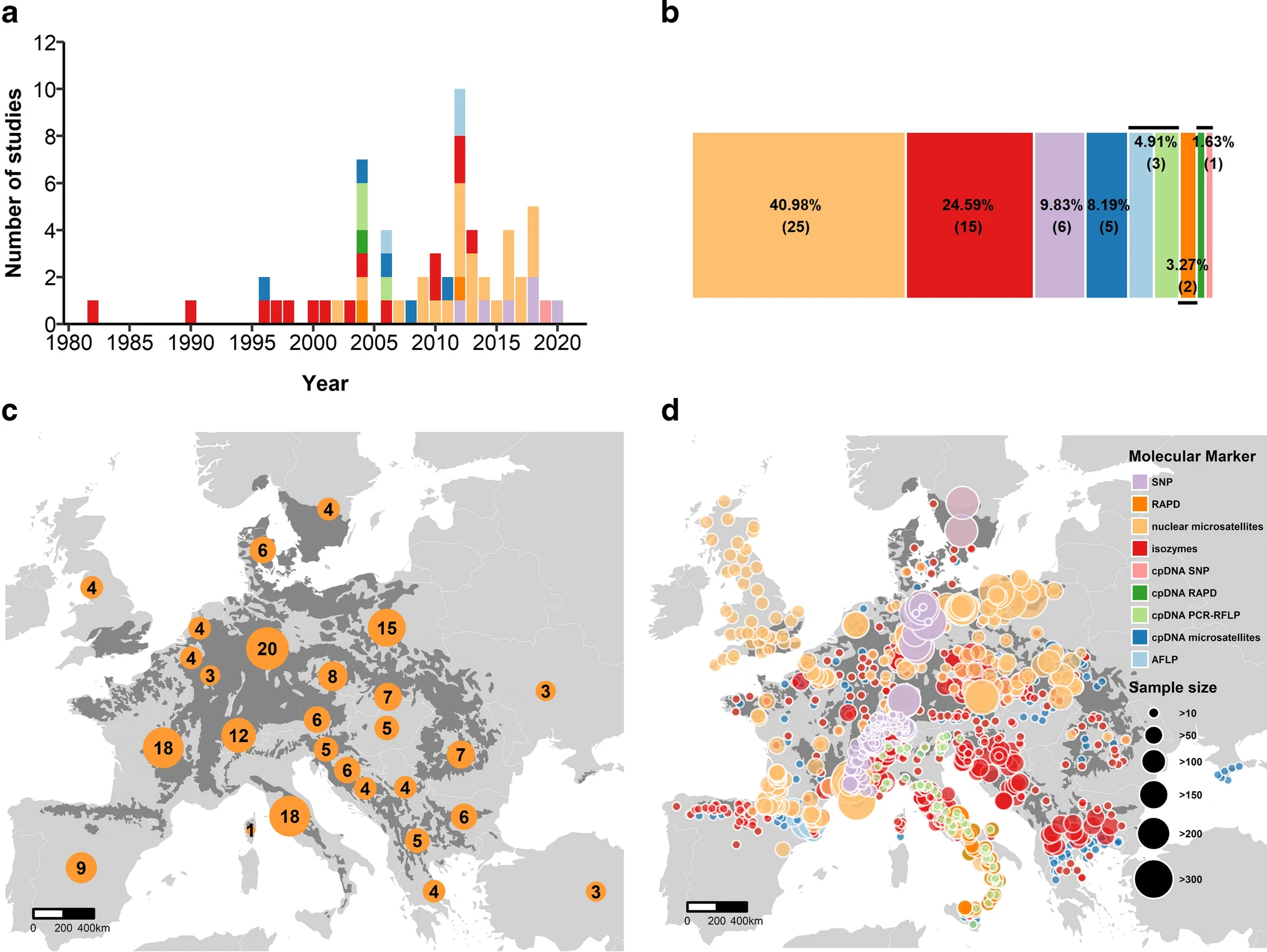Assessing the migratory histories, trophic positions, and

Background Reproducing populations of invasive carps (Hypophthalmichthys spp.) could alter aquatic food webs and negatively affect native fishes in the Mississippi National River and Recreation Area (MISS) and the St. Croix National Scenic Riverway (SACN). However, proposed invasive carp barriers may also threaten populations of native migratory fishes by preventing movements of fish between rivers that are necessary for life history requirements. In this study, nonlethal chemical techniques were used to provide baseline data related to the condition, trophic position, and migratory histories of lake sturgeon (Acipenser fulvescens) captured in the Mississippi and St. Croix Rivers. Results Fish length and weight measurements and age estimates determined from pectoral fin rays demonstrated that lake sturgeon from the Mississippi River had greater lengths-at-age compared to sturgeon from the St. Croix River. However, length–weight relations were similar for sturgeon from the Mississippi and St. Croix Rivers. Lake sturgeon captured from different locations had distinguishable fatty acid signatures, and stable isotope analyses demonstrated that lake sturgeon from the Mississippi River generally feed at a higher trophic level than those in the St. Croix River. Strontium-to-calcium ratios (Sr:Ca) from fin ray cross sections indicated that sturgeon captured from the Mississippi River had higher Sr:Ca values than sturgeon captured from the St. Croix River, and natal origins and capture locations were not significantly different among sturgeon captured within individual rivers. Most sturgeon were captured in water with a similar Sr:Ca signature as their natal waters, indicating that there is some separation between populations of lake sturgeon in the St. Croix and Mississippi Rivers. However, Sr:Ca data indicated substantial variation in movement patterns among individual lake sturgeon, indicating that populations interact through migrations of individual fish between rivers. Conclusions Study results provide baseline condition and food web structure index data for assessing changes in lake sturgeon populations should invasive carps become established in these areas of the Mississippi and St. Croix Rivers. Controlled-exposure and telemetry studies would help verify and enhance the relations between Sr:Ca signatures in water and lake sturgeon pectoral fin rays to further assess mixing of sturgeons between rivers.

Chemometric analysis of fish fin ray multi-elemental signatures with differentiation of wild and farmed fourfinger threadfin fish - ScienceDirect

PDF) Dispersal between Tributary and Main-Stem Rivers by Juvenile Smallmouth Bass Evaluated Using Otolith Microchemistry

Trophic transfer and biomagnification potential of environmental contaminants (heavy metals) in aquatic ecosystems - ScienceDirect

Cultural traditions across a migratory network shape the genetic structure of southern right whales around Australia and New Zealand

Current Publications, URPP Global Change and Biodiversity

Inland lake trout fillet EPA + DHA (mg/kg), predicted from the best

PDF) Within- and among-population variation in the trophic position of a pelagic predator, lake trout (Salvelinus namaycush)

Molluscs: methods for estimating production and energy flow

Profile of Lipids in Meat, Fat, and Egg of Siberian Sturgeon

PDF) Dispersal between Tributary and Main-Stem Rivers by Juvenile Smallmouth Bass Evaluated Using Otolith Microchemistry